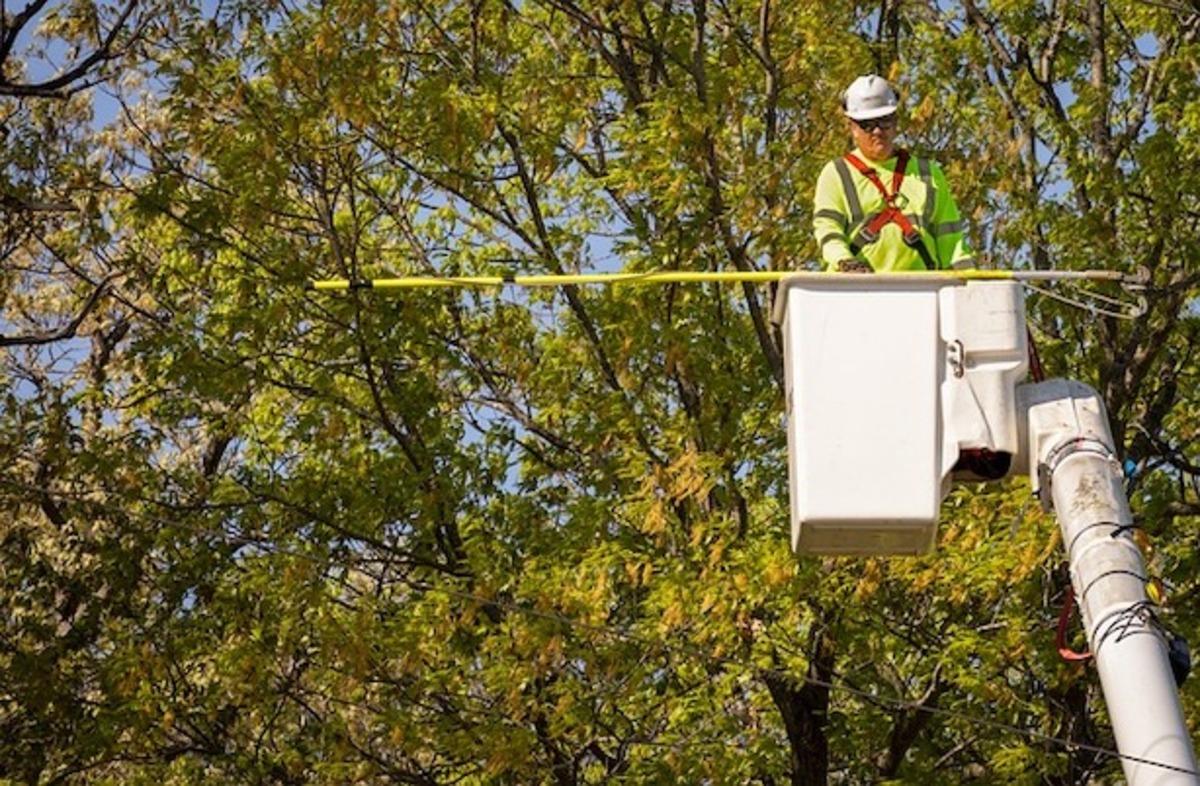New rules to protect tree canopy
Staff Reporters
25 May 2024, 10:30 PM

The state government is taking immediate action to better protect Adelaide’s urban tree canopy and safeguard large, mature trees from destruction.
Taking immediate effect, the new planning regulations will protect trees with a smaller trunk circumference.
The trunk size for regulated trees will be reduced from two metres to one metre, while significant trees will go from three metres to two.
Exemptions for trees based on distance from homes and pools has also been reduced.
Now only trees within three metres from a home or pool will be able to be removed without approval, whereas the old regulations allowed the removal of trees within 10 metres.
The new regulations place pruning limits on regulated and significant trees, allowing only 30 percent of the tree’s canopy to be removed every five years.
The changes also provide flexibility to adapt the exempt species list to local needs and community views through a notice on the PlanSA website.
Fees for destroying or removing protected trees will increase, better reflecting the cost of tree replacement.
Offset fees for a regulated tree increase from $326 to $1000 and from $489 to $1500 for a significant tree.
The money collected from the removal of trees goes into either local councils’ urban tree funds or into the state government’s Planning and Development Fund.
The money is used to either plant, establish and maintain trees, or to purchase land to preserve or accommodate the planting of new trees.
These actions recognise the important role Adelaide’s mature trees play in promoting community wellbeing, supporting biodiversity and reducing the urban heat effect.
These changes were guided by bipartisan recommendations from the Environment, Resources and Development Committee of Parliament, which had been asked for advice on further tree protections following their Inquiry into the Urban Forest.
The new regulations were also developed with advice from the State Planning Commission, based on University of Adelaide research, and recommendations from the Expert Panel reviewing the implementation of South Australia’s planning system.
Minister for Housing and Urban Development Nick Champion says the state will go from having the weakest tree protection policies in the country to the most comprehensive.
“Tree protection is the number one issue that is raised with me, and these new policy additions means a greater number of trees in this state will be protected from the chop.
“These changes support work to create the first urban greening strategy for Adelaide and help deliver the government’s commitment to increase greening in our neighbourhoods, improve urban biodiversity and address the loss of mature trees.”
The Minister for Planning has requested that the State Planning Commission:
- Prepare a design standard to provide minimum urban tree planting and maintenance requirements for public areas in greenfield developments.
- Amend planning rules to also consider a tree’s urban canopy contribution as part of assessing whether it can be removed.
- Strengthen planning rules to support design innovation and flexibility to retain large trees.
- Investigate ways to fast-track approvals for tree removal within three metres of a dwelling or swimming pool where offset fees are paid.
- Extend urban tree canopy protections to greenfield developments in ‘Master Planned Neighbourhood Zones’ and townships.
- Extend regulated and significant tree protections to townships, capturing urban areas beyond metropolitan Adelaide.
Existing development applications and approvals will have 12 months to be actioned before being impacted by these changes.
Conservation SA Outreach Coordinator Joanna Wells says her organisation is pleased that South Australia now has tree protections that recognise the need to protect existing canopy.
“Tree canopy and biodiversity is recognised as significant contributors to both mental and physical health: when our trees win, we all win.
“These are significant improvements on current legislation and the further work required of the State Planning Commission will see creative thinking to enable the retention of even more trees become 'business as usual' for developers.”
Dean Johnson is Local Government Association President.
“These changes are a positive outcome toward better protecting trees across South Australia and are what the LGA has been calling for in our advocacy to government.
“Councils have made it clear that under the current regulations, it was far too easy to remove trees or excessively prune them with little consequence. These amendments take meaningful steps to close these loopholes.
“To achieve the tree canopy cover target outlined in the Greater Adelaide 30-Year Plan and the Urban Greening Strategy, it's critical we increase tree plantings on both public and private land.”
For further information visit the PlanSA website.